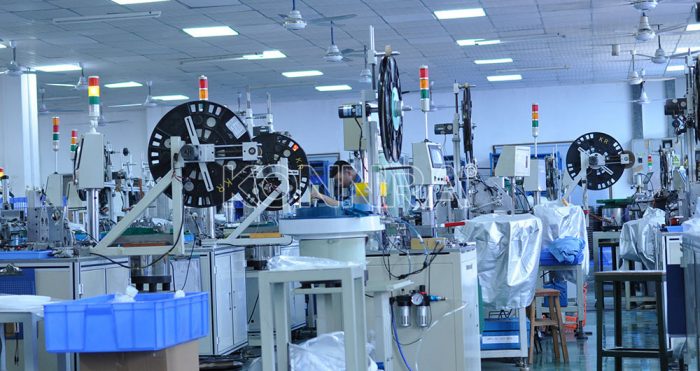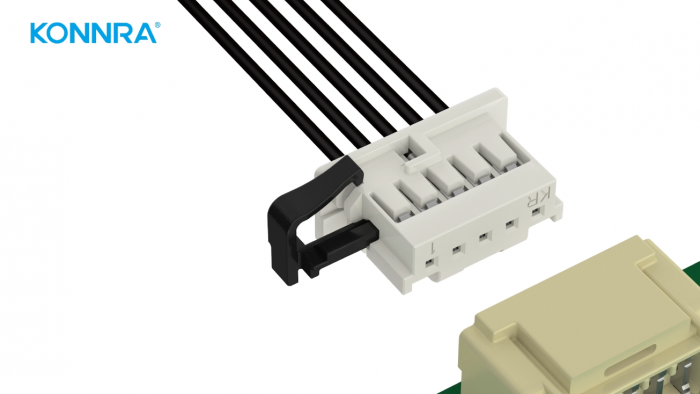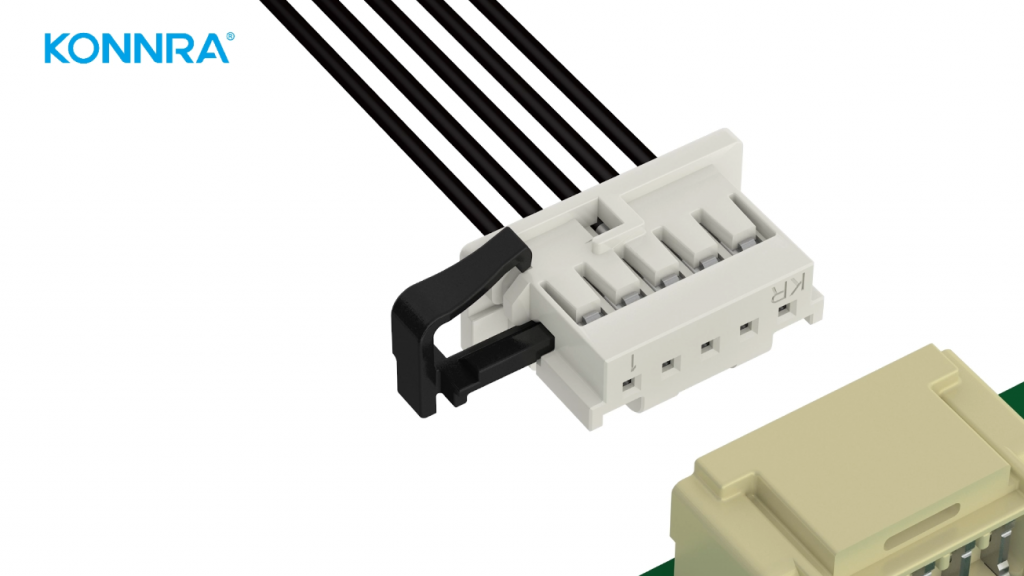Electronic connectors are devices used to connect electrical circuits, and they can be removed and installed without damaging the circuit. There are many types of electronic connectors, and different connectors have different properties and uses. When selecting and purchasing electronic connectors, you should pay attention to the following important tips and considerations:
- Choose the correct electronic connector product for a specific purpose. You can choose from the connector connection method, signal transmission, and size, and you can filter out suitable connectors from the classification;
Classification according to connection method:
Fixed connector: This type of connector is fixed on the circuit board or equipment and cannot be disassembled at will. It is generally used for internal connections. For example, pins, sockets, pin headers, row seats, etc.
Plug-in connector: This type of connector can be plugged in and out at will, and is generally used for external connections. For example, USB, HDMI, RJ45, audio, video, etc.
Threaded connector: This type of connector is fixed through threads and is generally used in high-pressure, high-temperature, waterproof and other occasions. For example, aviation plug, car plug, etc.
Snap-type connector: This type of connector is fixed by snaps and is generally used in situations where it is light, fast and convenient. For example, SIM card slot, SD card slot, etc.
Classification according to transmission signal:
Power connector: This connector is used to transmit power signals and generally has positive and negative poles and ground wires. For example, power plug, power socket, etc.
Signal connector: This type of connector is used to transmit signals and generally has multiple pins or chips. For example, network plug, phone plug, etc.
Hybrid connector: This type of connector transmits power and signals at the same time. It generally has one or more power pins and multiple signal pins. For example, USB-C, Lightning, etc.
Classified by size:
Large connector: This type of connector is larger in size and is generally used in industrial or military fields. For example, D-Sub, round plug, etc.
Medium-sized connector: This type of connector is of medium size and is generally used in household or commercial applications. For example, RCA, VGA, etc.
Small connector: This type of connector is smaller in size and is generally used in portable or consumer fields. For example, USB-A, USB-B, Micro USB, etc.
– Ultra-small connector: This type of connector is extremely small in size and is generally used in micro or smart fields. For example, USB-C, Lightning, PicoBlade, etc.

From power connectors to PCB connectors, insulation displacement or IDC connectors to circular connectors, etc. Each different type of connector has its own function, and choosing the right type is key.
- Select the appropriate connector type and specification based on the circuit’s working environment, voltage, current, frequency and other parameters. For example, environments such as high temperature, high humidity, high voltage, and high frequency require special connectors to ensure the stability and safety of the circuit.
- Select the appropriate connector shape and size according to the structure and layout of the circuit; some circuits require compact connectors to save space and reduce weight; some circuits require flexible connectors to facilitate adjustment and maintenance.
- Select the appropriate connector interface and plug-in method according to the installation method and operation method of the circuit. Some connectors need to be fixedly installed, such as TPA connectors and CPA connector types, to prevent loosening and falling off; some connectors need to be easily plugged and unplugged for easy replacement and testing.
- Consider the environmental resistance ofelectronic connectors, and select connectors of corresponding metals, plastics, and coatings according to different environments, such as salt spray, mold, and other environmental conditions.

Note: Glass-sintered sealing products should be protected from strong impact or falling, otherwise the internal structure will be damaged and its sealing function will be affected. When the electronic connector is in a separated state, protective caps should be installed or other dust-proof measures should be taken; if the electronic connector does not separate for a long time after being connected, insurance can be placed between the plug and the socket.
When cleaning electronic connectors, you can use silk cloth dipped in absolute ethanol and let it dry before use. It is not advisable to use chemical solvents such as acetone that may have harmful effects on electronic connectors.
When connecting connectors, care should be taken to avoid loosening of the tail accessories and damage to the cable core.
It is forbidden to power on the connector before it is accurately connected in place and fully locked.
In situations such as fixing connectors and clamping wire harnesses, anti-loosening devices (anti-loosening screws, anti-loosening rings, fuses, etc.) should be used when threaded connections are used.
When installing a cabinet-type connector, you can adjust the position of the key and the axis position of the electronic connector to make it smoothly plugged in, or directly fix it in the plugged-in state.










